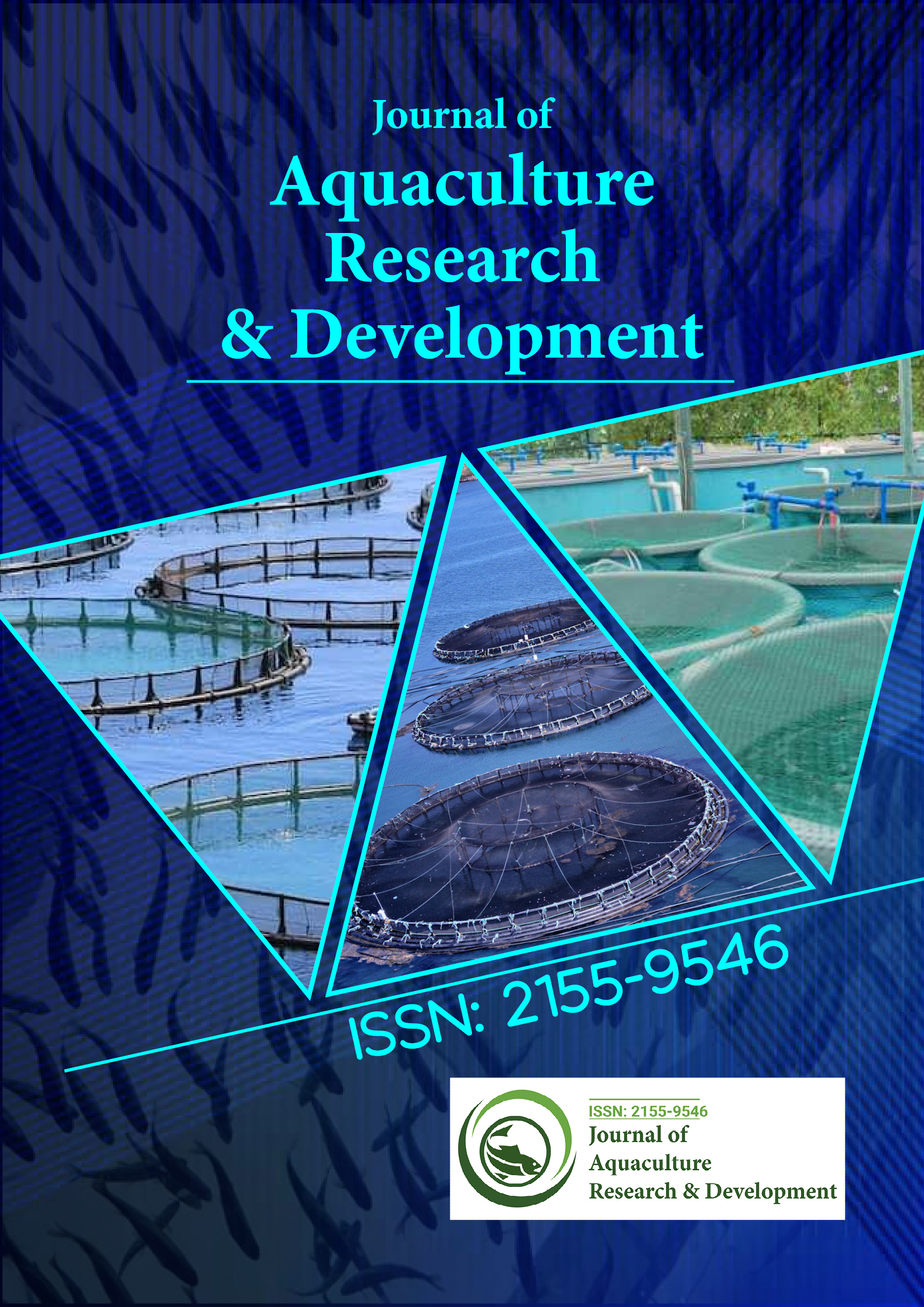Indexado em
- Acesso Online à Pesquisa em Meio Ambiente (OARE)
- Abra o Portão J
- Genamics JournalSeek
- JournalTOCs
- Scimago
- Diretório de Periódicos de Ulrich
- Acesso à pesquisa on-line global em agricultura (AGORA)
- Biblioteca de periódicos eletrônicos
- Centro Internacional de Agricultura e Biociências (CABI)
- RefSeek
- Diretório de Indexação de Periódicos de Pesquisa (DRJI)
- Universidade de Hamdard
- EBSCO AZ
- OCLC- WorldCat
- Scholarsteer
- Catálogo online SWB
- Biblioteca Virtual de Biologia (vifabio)
- publons
- MIAR
- Comissão de Bolsas Universitárias
- Euro Pub
- Google Scholar
Links Úteis
Compartilhe esta página
Folheto de jornal

Periódicos de Acesso Aberto
- Agro e Aquicultura
- Alimentos e Nutrição
- Bioinformática e Biologia de Sistemas
- Bioquímica
- Ciência de materiais
- Ciencias ambientais
- Ciências Clínicas
- Ciências Farmacêuticas
- Ciências gerais
- Ciências Médicas
- Cuidados de enfermagem e saúde
- Engenharia
- Genética e Biologia Molecular
- Gestão de negócios
- Imunologia e Microbiologia
- Neurociência e Psicologia
- Química
Abstrato
Efeito da infecção por Aeromonas hydrophila na expressão e atividade da caspase-3 em Rohu, Labeo rohita
Mary Lini R, Pani Prasad Kurcheti *, Gireesh Babu, Purushothaman CS
Caspases são proteases de ácido aspártico que desempenham um papel importante no processo de apoptose. Existem dois grupos de caspases que participam da apoptose, como iniciadores e executores. Caspases 2, 8, 9 e 10 são iniciadores e caspases 3 e 6 são executores. A sequência da caspase-3 de Labeo rohita foi identificada e descobriu-se que tinha a maior homologia (82%) com Danio rerio (peixe-zebra), seguido por Tanichthys albonubes e Gobio gobio, todos peixes de água doce e pertencentes à família Cyprinidae. Os tecidos infectados por A. hydrophila mostraram um aumento na expressão da caspase 3 de 0 a 6 h nas guelras, fígado e rim e, posteriormente, reduziu quase ao nível inicial em 24 h. O padrão de expressão de genes apoptóticos como a caspase-3 no presente estudo sugere que a Aeromonas hydrophila usa um mecanismo diferente para escapar da resposta imune do hospedeiro, induzindo o suicídio dos fagócitos por caspases apoptóticas.